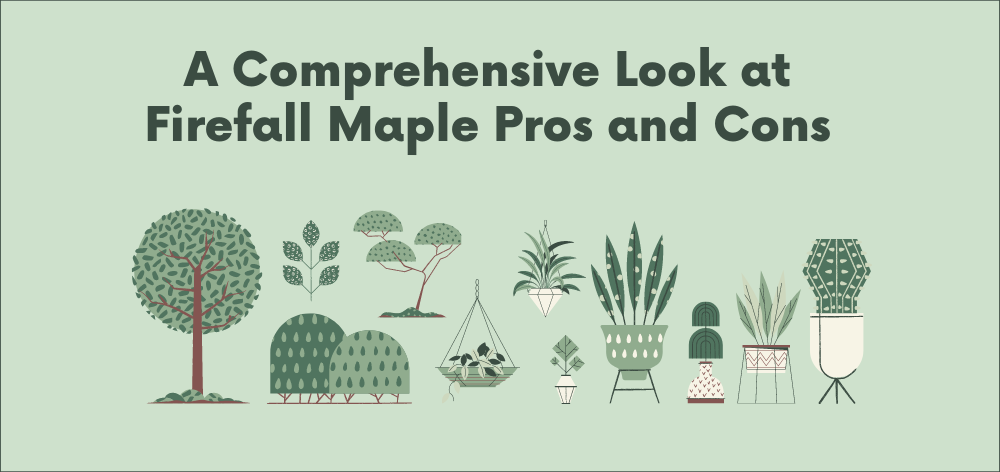
A Comprehensive Look at Firefall Maple Pros and Cons
Are you ready to fall head over heels for one of nature’s most fiery and fascinating creations? Picture this: a majestic tree that not only flaunts vibrant green leaves in spring and summer but also transforms into a mesmerizing kaleidoscope of blazing red, orange, and yellow hues come autumn. It’s none other than the magnificent Firefall Maple! In this article, we’ll dive into the pros and cons of having this fiery beauty in your garden or landscape.
Let’s start with the short answer: should you invite a Firefall Maple into your green sanctuary? Absolutely! Why? Well, imagine waking up to a dazzling display of colors right outside your window, like Mother Nature herself decided to set up a private fireworks show just for you. Plus, the Firefall Maple’s luscious foliage provides much-needed shade during those scorching summer months. But hold on, it’s not all sunshine and rainbows with this fiery companion. There are a few things you should know before committing to this vibrant love affair.
So, whether you’re a passionate gardener looking to make a bold statement or simply someone who appreciates the wonders of nature, stick around as we explore the captivating world of Firefall Maples. From its eye-catching beauty to its temperamental nature, this tree will keep you on your toes and give your landscape an unforgettable flair. Get ready to ignite your love for the Firefall Maple and discover if it’s the right fit for you!
Factoids
- 💚 The Firefall Maple is a majestic tree with vibrant green leaves in spring and mesmerizing red, orange, and yellow hues in autumn.
- 🔥 It provides a dazzling display of colors and much-needed shade during the summer months.
- 🌳 The tree is fast-growing and resistant to pests and disease.
- 🚧 However, its aggressive roots can cause problems with sidewalks, driveways, and foundations.
- 🌍 Firefall Maples are not as widely available as other maple varieties.
- 🍁 Maple trees, in general, can be messy with constant leaf and seed falling and produce pollen, which can be an issue for people with allergies.
- 🌺 Trident Maple trees are tidy, with compact growth and small leaves.
- ❄️ The sugar maple is the hardiest maple tree, native to North America and known for its bright fall foliage.
- ❗ Firefall maples can be affected by anthracnose, a fungal disease that causes brown and wilted leaves, and scale insects, which can weaken and kill the tree.
- 🍂 Other maple varieties like Redpointe, Sugar Maple, Fall Fiesta, Celebration, Matador, and Crimson King have their own pros and cons.
- 🌳 The Matador Maple is popular for its beautiful fall foliage and ability to withstand harsh winters.
- 💜 The Crimson King Maple has stunning crimson-red leaves but has shallow roots and can be uprooted easily.
- 🍁 The Brandywine Maple has beautiful fall color and fast growth but requires more care and may be challenging to fit in smaller yards.
Firefall Maple Pros and Cons
There are a few pros and cons to the Firefall Maple tree. Some people think that the Pros far outweigh any of the cons, while others believe the opposite. Here are some of each:
Pros:
- The leaves of a Firefall Maple turn a beautiful red color in autumn.
- It is a very fast-growing tree, adding 2 feet or more per year.
- Firefall Maples are known for being resistant to pests and diseases.
- They have lovely deep red flowers that bloom in early spring before the leaves appear.
Cons:
- The roots of Firefall Maples can be quite aggressive, causing problems with sidewalks, driveways, and even foundations.
- Because they grow so quickly, they often have weak wood which makes them susceptible to breakage in storms.
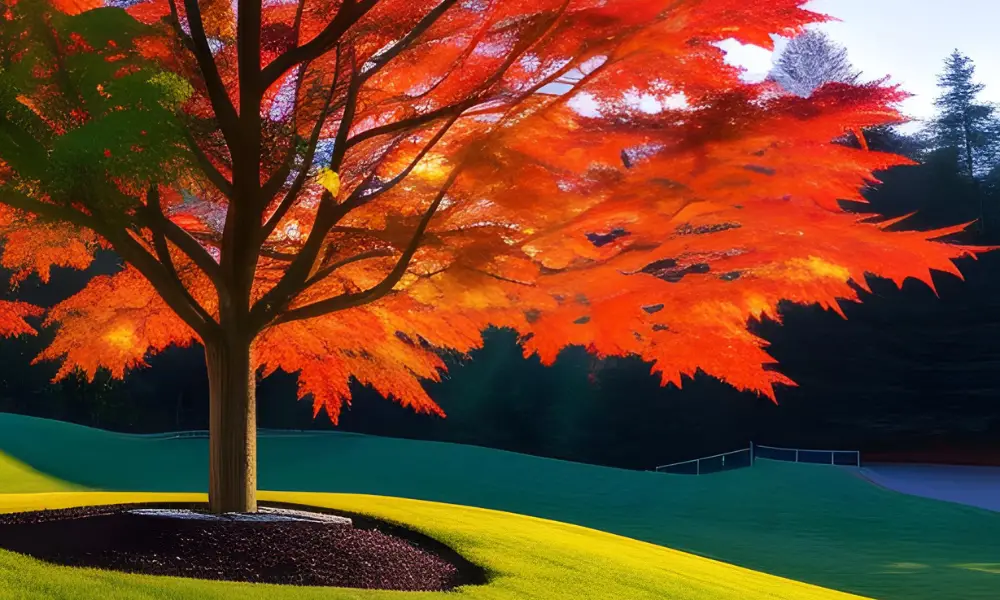
What are the Disadvantages of Maple Trees?
While maple trees (Acer spp.) are lovely to look at and provide shade, they have several disadvantages. They are messy, with leaves and seeds falling constantly. They also have a shallow root system that can damage sidewalks and driveways.
And if you have allergies, maples can be a problem since they produce lots of pollen.
What is the Prettiest Maple Tree?
There are a few different maple trees that could be considered the prettiest. It really depends on what you are looking for in a tree. Some people might consider the sugar maple to be the prettiest because of its bright fall foliage.
Other people might prefer the red maple because of its beautiful red leaves. Ultimately, it is up to you to decide which maple tree is the prettiest.
Are Trident Maple Trees Messy?
No, trident maple trees are not messy. They are actually quite tidy, with a compact growth habit and small leaves that fall neatly to the ground. You may see some seedlings popping up around the base of the tree, but these are easily removed.
What is the Hardiest Maple Tree?
The hardiest maple tree is the sugar maple. It is native to North America and can be found in the eastern United States and Canada. The sugar maple is a large tree, reaching up to 30 meters tall with a trunk diameter of 1.5 meters.
The leaves are large and lobed, with five or seven lobes per leaf. The leaves turn bright red in fall before they are shed for winter. The sugar maple is an important source of syrup and sugar, as well as lumber.
Firefall Maple Problems
If you have a Firefall maple tree, you may have noticed some problems with the leaves. Here is some information that may help you determine what is wrong with your tree and how to fix it. One problem that can affect Firefall maples is called anthracnose.
This is a fungal disease that attacks the leaves of the tree, causing them to turn brown and wilt. It can also cause the buds to fail to open in the spring. Anthracnose is most common in wet weather, so if your area has had a lot of rain or snow this year, your tree may be more susceptible.
To treat anthracnose, you can try pruning off affected branches and leaves. You can also use a fungicide according to label directions. Be sure to apply the fungicide early in the season, before new growth begins.
Another problem that can affect Firefall maples is scale insects. These pests suck sap from the tree, causing yellowing and wilting of the leaves. Scale insects can also produce a sticky substance called honeydew which can attract other pests like ants and bees.
If left untreated, scale insects can weaken and even kill a tree. To get rid of scale insects, you can prune off affected branches or spray them with an insecticide according to the label directions.
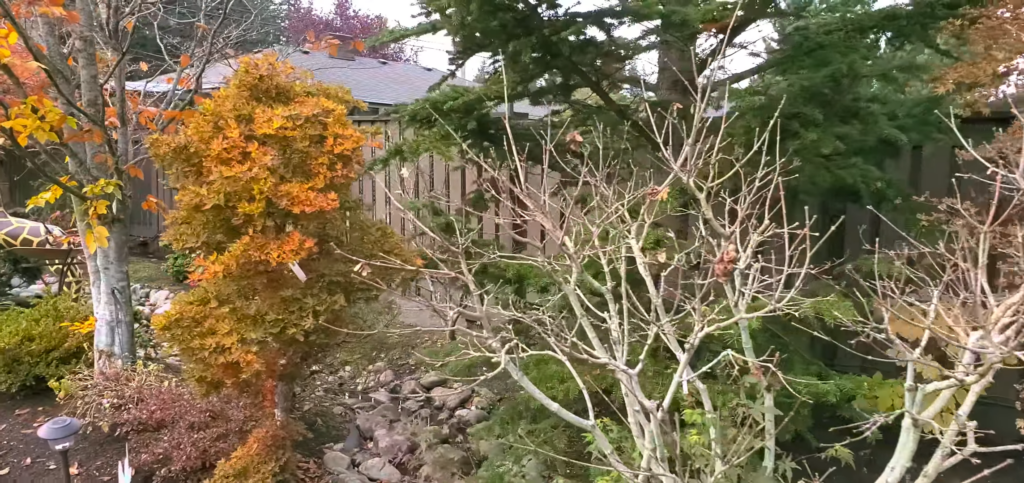
Redpointe Maple Pros And Cons
Redpointe maples are a hybrid cross between red maples and silver maples. They are known for their fast growth rate, beautiful fall color, and resistance to disease and pests. However, there are also some drawbacks to planting Redpointe maples.
Here is a list of the pros and cons of Redpoint maple trees:
Pros:
- Fast growth rate: Redpoint maples are known for their rapid growth, allowing them to establish themselves quickly and provide shade and beauty in a relatively short period.
- Beautiful fall color: These maples display vibrant and eye-catching fall foliage, with leaves transitioning to shades of red, orange, and yellow, enhancing the visual appeal of any landscape.
- Resistance to disease and pests: Redpoint maples have a natural resilience against common diseases and pests that often affect other types of maple trees, reducing the need for extensive maintenance and care.
- Tolerance to various soil types: These maples can thrive in a range of soil conditions, making them adaptable to different environments and suitable for a wider range of locations.
- Low-maintenance: Once established, Redpointe maples require minimal care, making them an attractive choice for those seeking a relatively hassle-free tree species for their yard.
Cons:
- Shallow root system: Redpoint maples have shallow roots, which can pose a risk to sidewalks, driveways, and other nearby structures. The roots may cause damage or heaving, requiring regular monitoring and potential mitigation measures.
- Weak branches: Due to their fast growth rate, Redpointe maples may develop weaker wood, making them more susceptible to breakage during strong winds or storms. Pruning and regular inspection are necessary to prevent branch failure.
- Potential invasiveness: While not a significant concern compared to some other maple species, Redpointe maples have the potential to self-seed and spread in certain environments, which can lead to unwanted growth and competition with native plants if not managed properly.
- Size considerations: Redpoint maples can reach considerable heights and widths at maturity. While this can be desirable for those seeking a large shade tree, it may present challenges in smaller yards or spaces where the tree’s size could be overwhelming or difficult to accommodate.
It’s important to note that the specific pros and cons of Redpoint maple trees may vary depending on factors such as climate, soil conditions, and local regulations. Consulting with a local arborist or horticulturist can provide more tailored information and guidance based on your specific location and needs.
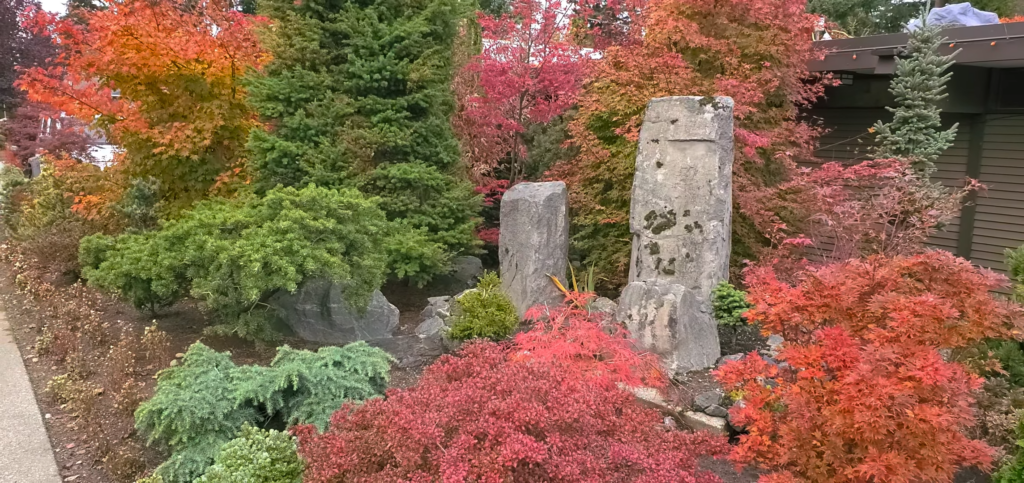
Sugar Maple Tree Pros And Cons
The Sugar Maple is one of the most popular trees in North America. It is known for its beautiful fall colors and delicious syrup. However, there are some pros and cons to consider before planting a Sugar Maple in your yard.
PROS
- The Sugar Maple is a hardy tree that can withstand cold temperatures and harsh weather conditions.
- This tree provides excellent shade and can help to cool your home in the summer months.
- The sugar content in the sap of the Sugar Maple makes it an ideal choice for making maple syrup.
CONS
- The roots of the Sugar Maple can be aggressive and damage sidewalks or driveways if they are not properly maintained.
- This tree requires a lot of space to grow and may not be suitable for smaller yards.
Fall Fiesta Sugar Maple Pros And Cons
Fall Fiesta Sugar Maple Pros And Cons The Fall Fiesta Sugar Maple tree is a hybrid of red and silver maple trees. It is a fast-growing, deciduous tree that can reach a height of 50 feet and a width of 35 feet at maturity.
This tree has dark green leaves with serrated edges that turn yellow, orange, and red in the fall. The Fall Fiesta Sugar Maple is tolerant of most soil types and prefers full sun to partial shade. It is drought-tolerant once established.
Celebration Maple Tree Pros And Cons
When it comes to deciding whether or not to plant a Celebration Maple tree, there are pros and cons to consider. If you live in an area with cold winters, the Celebration Maple is a good choice because it is one of the most winter-hardy maple trees available. It is also resistant to many common diseases and pests that can affect other types of maple trees.
However, the Celebration Maple does have some drawbacks. One of the biggest problems with this tree is that it has a very shallow root system. This can make the tree unstable in strong winds and heavy rains.
Additionally, the roots of this tree can damage sidewalks and driveways if they grow too close to the surface.
Matador Maple
One of the most popular trees in North America is the Matador Maple. This hardy tree is known for its beautiful fall foliage and its ability to withstand harsh winters. The Matador Maple is a deciduous tree, meaning that it loses its leaves in the fall.
It is native to the eastern United States and Canada and can be found in forests, woodlands, and even suburban neighborhoods. The Matador Maple gets its name from its reddish-brown bark, which resembles the hide of a bullfighter’s cape (or matador). The tree’s leaves are also unique, with five lobes that give them a star-like shape.
In the fall, these leaves turn a beautiful red, orange, or yellow color – making the Matador Maple a popular choice for landscaping. The Matador Maple is a relatively low-maintenance tree that does not require much pruning or care. However, it is important to plant this tree in an area with well-drained soil to avoid root rot.
If you live in an area where winters are harsh, you may want to consider wrapping your Matador Maple’s trunk with burlap to protect it from frost damage. Whether you’re looking for fall color or year-round interest, the Matador Maple is a great choice for your landscape!
Crimson King Maple Pros And Cons
The Crimson King Maple is a popular choice for homeowners looking for an ornamental maple tree. This deciduous tree is known for its stunning crimson-red leaves, which make it a beautiful addition to any landscape. While the Crimson King Maple does have some impressive features, there are also a few drawbacks to consider before planting one on your property.
One of the biggest advantages of the Crimson King Maple is its disease resistance. This type of maple is much less susceptible to diseases than other types of maples, making it a low-maintenance option. The Crimson King Maple is also fairly tolerant to drought and salt, making it a good choice for those living in areas with harsh winters.
The Crimson King Maple, known for its stunning crimson-red leaves, has its own set of pros and cons. Here are some of them:
Pros:
- Ornamental Beauty: The Crimson King Maple is highly valued for its vibrant, deep red foliage, which adds a striking and beautiful element to any landscape.
- Disease Resistance: This maple variety is generally resistant to many common diseases that can affect other types of maple trees, making it a relatively low-maintenance choice.
- Shade Provider: With its dense foliage, the Crimson King Maple can provide ample shade during the hot summer months, creating a comfortable outdoor space.
Cons:
- Shallow Roots: One drawback of the Crimson King Maple is its shallow root system. This makes the tree more susceptible to uprooting in strong winds or heavy rains. It is important to consider this when planting tree near structures or in areas prone to severe weather conditions.
- Leaf Drop: The leaves of the Crimson King Maple can be messy, especially during the fall season when they drop. If the tree doesn’t receive sufficient water throughout the growing season, the leaves may drop prematurely.
- Space Requirement: Like many maple trees, the Crimson King Maple requires ample space to grow and develop fully. It may not be suitable for smaller yards or areas with limited space.
It’s important to note that the suitability of the Crimson King Maple and its pros and cons can vary depending on factors such as climate, soil conditions, and local regulations. Consulting with a local arborist or horticulturist can provide more tailored information and guidance based on your specific location and needs.
While the Crimson King Maple is generally a low-maintenance tree, there are a few things you should be aware of before planting one. First, this type of maple has very shallow roots and can easily be uprooted in strong winds or heavy rains. Additionally, the leaves of the Crimson King Maple can be messy and drop early in autumn if they don’t receive enough water throughout the growing season.
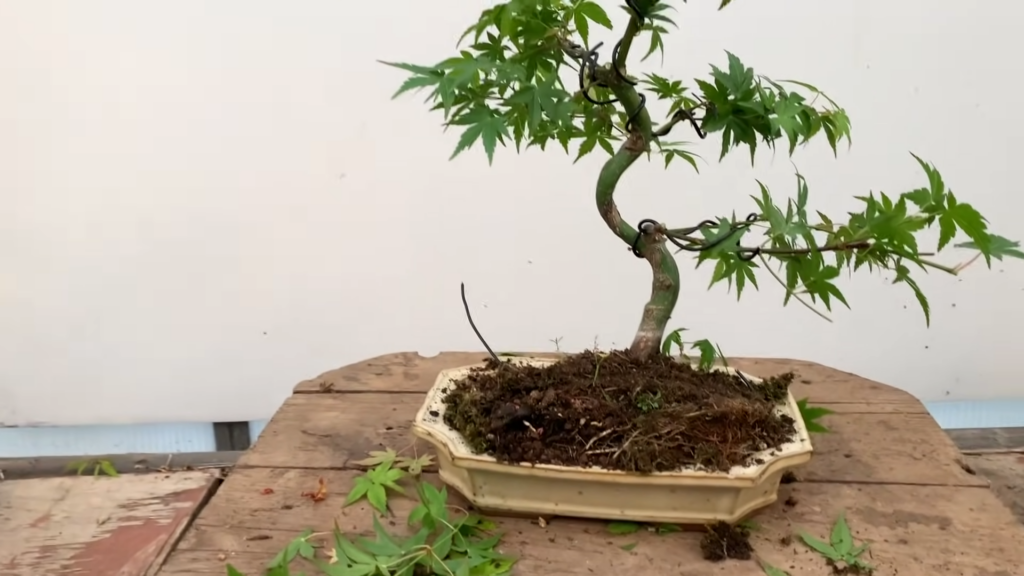
Brandywine Maple Pros And Cons
When it comes to choosing a maple tree for your yard, there are many different options to choose from. One popular option is the Brandywine Maple. Here are some pros and cons of this type of maple tree to help you decide if it’s the right fit for you:
Brandywine Maple Pros:
- Beautiful Fall Color: The Brandywine Maple is known for its stunning fall foliage, which displays a range of vibrant colors, including shades of red, orange, and yellow.
- Relatively Fast Growth: This maple tree has a moderate to fast growth rate, meaning you won’t have to wait too long to enjoy its beauty and shade.
- Tolerant of Different Soil Types: The Brandywine Maple is adaptable to various soil types, making it suitable for a wide range of landscapes.
- Drought Tolerance: Once established, this tree exhibits good drought tolerance, which can be beneficial in areas with limited water availability.
Brandywine Maple Cons:
- Size Consideration: While the Brandywine Maple is a relatively fast-growing tree, it can reach a large size at maturity. This might pose challenges in smaller yards or spaces where the tree’s size could be overwhelming or difficult to accommodate.
- Care Requirements: This maple tree may require some care and maintenance, such as regular pruning to maintain its shape and health. It’s important to consider the ongoing maintenance needs of the Brandywine Maple before planting it.
Remember that the specific pros and cons of the Brandywine Maple tree can vary depending on factors such as climate, soil conditions, and local regulations. It’s always a good idea to consult with a local arborist or horticulturist for more tailored information and guidance based on your specific location and needs.
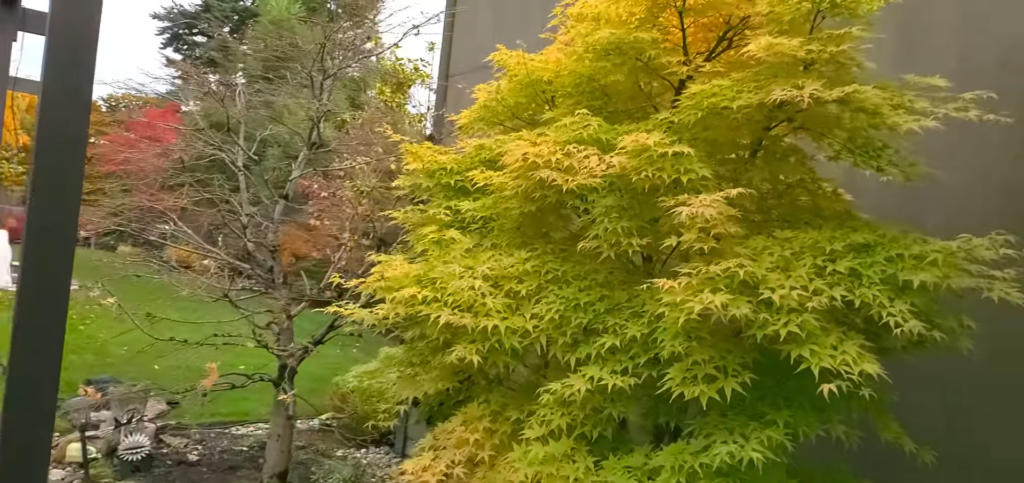
Frequently Asked Questions
How tall do Firefall maples get?
They are typically considered to be small to medium-sized trees. On average, they may reach a height of about 15 to 25 feet (4.5 to 7.6 meters) with a similar spread. Keep in mind that growth rates and final sizes of trees can vary depending on the specific growing conditions, climate, and care they receive.
What is the darkest red maple tree?
The “Bloodgood” Japanese maple (Acer palmatum ‘Bloodgood’) is often considered one of the darkest red maple trees. Its leaves are a deep burgundy-red color, which intensifies during the fall season. This cultivar is popular for its stunning foliage and relatively compact size, making it a great choice for landscaping and ornamental purposes.
What is the prettiest maple tree?
Beauty is subjective, and different people may have different opinions on what they consider the prettiest maple tree. Maple trees are known for their attractive foliage, and there are several popular cultivars that are admired for their beauty. Some of the most commonly praised maple trees for their aesthetics include: Japanese Maple (Acer palmatum), Sugar Maple (Acer saccharum), Red Maple (Acer rubrum)
Conclusion
Firefall Maple is a remarkable tree that offers numerous benefits for your garden or landscape. Its captivating display of vibrant red, orange, and yellow foliage during autumn creates a mesmerizing spectacle that will leave you in awe. Additionally, the Firefall Maple provides essential shade during hot summer months, enhancing the comfort of your outdoor space. However, it is important to consider a few potential drawbacks before committing to this fiery beauty. Issues such as anthracnose, a fungal disease that can affect the leaves, should be taken into account. Despite these considerations, the overall appeal and charm of the Firefall Maple make it a highly desirable addition to any green sanctuary. By weighing the pros and cons, you can make an informed decision about whether this majestic tree is the right choice for your specific needs and preferences.
Relevant Topics
10 Best Small Evergreen Trees with Non Invasive Roots
 Dr Ahsanur Rahman, PHD
Dr Ahsanur Rahman, PHDPine Tree Rescue: Saving Pine Trees with Brown Needles
 Dr Ahsanur Rahman, PHD
Dr Ahsanur Rahman, PHD




